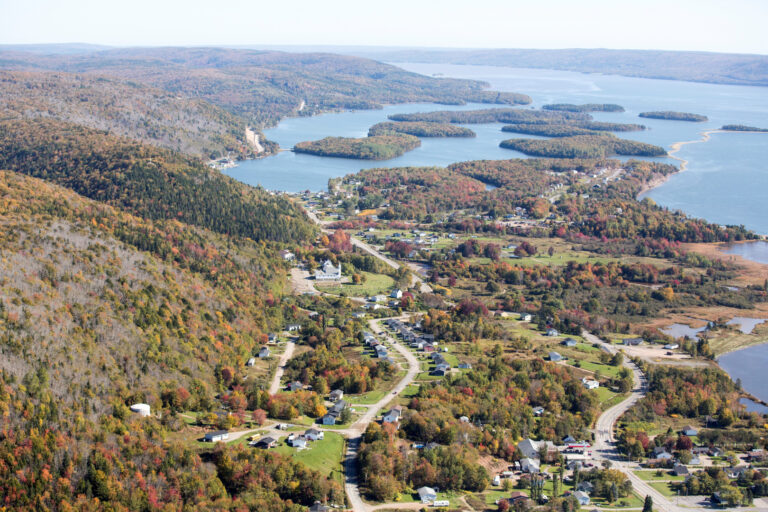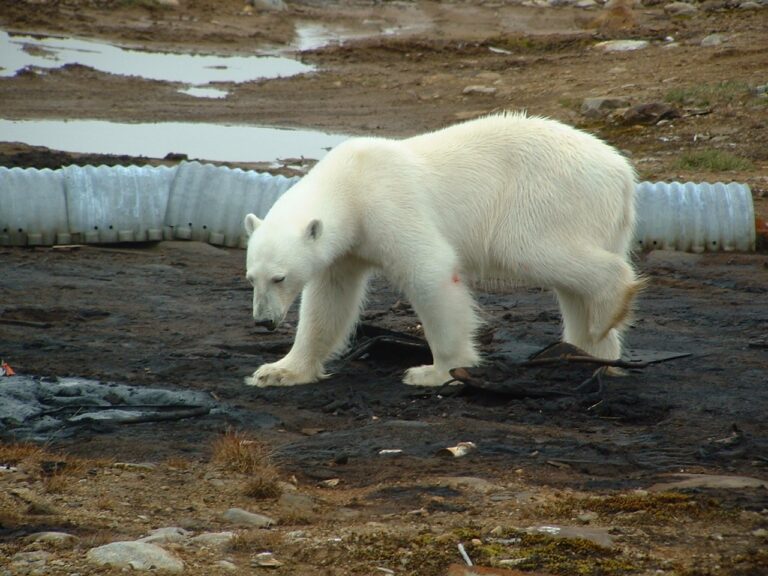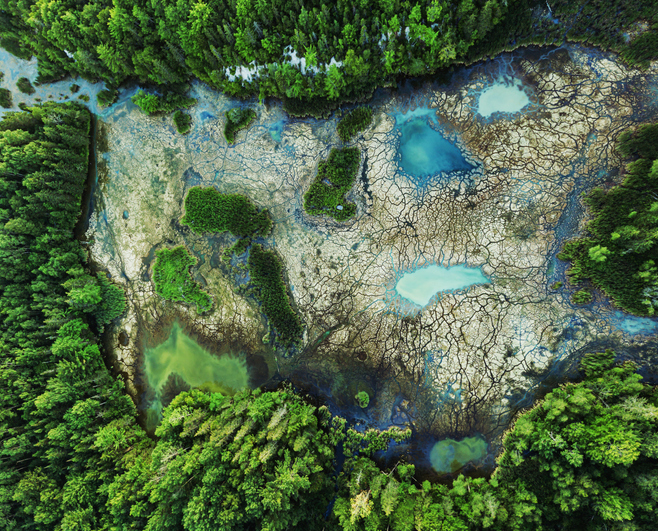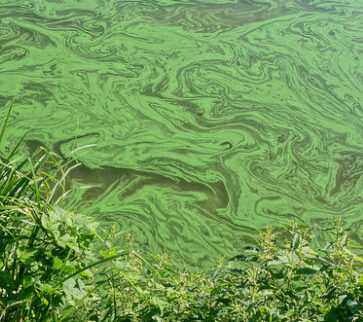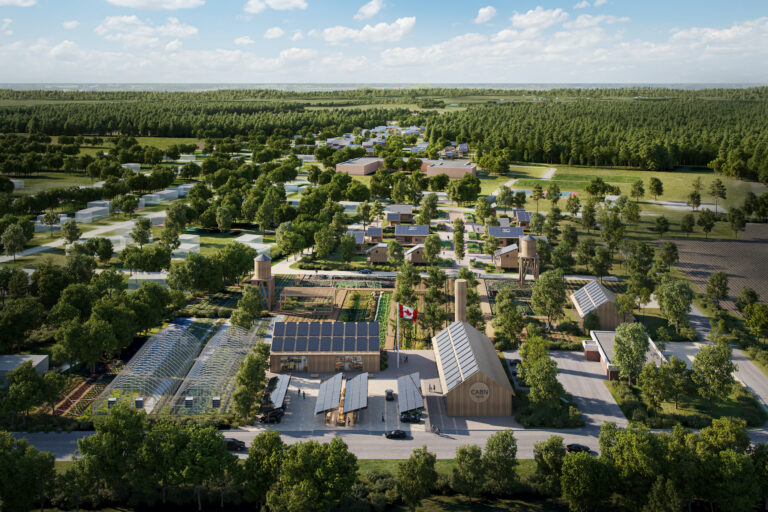Friday, July 4, 2025
By Christine Nakoolak, Carl Sauvageau and Charlie Watt
Inuit have always been connected to the natural environment (Avataa). [1] Two of us, Christine Nakoolak and Charlie Watt, created Avataa Explorations and Logistics in 2011 to develop Inuit trained staff for mining and exploration. Our corporate responsibility is in the social and economic development of our region. We developed a partnership with Sanexen Environmental Services and created in 2012 an Inuit majority owned company, Avataani Environmental, with a common vision to improve the region’s environment. We have since then been involved in the evolution and awareness of needs in Nunavik.
We are surrounded by tundra and a part of it is along the boreal tree line. We also rely on offshore subsistence harvesting. The Nunavik Region is above the 55th parallel and has a landmass of approximately 660,000 km2 about one third of the Quebec province. [2]
Environmental issues in the Arctic
Nunavik has two major mines operating between Kangiqsujuaq and Salluit. These mines have strict regulations at federal and provincial levels, but recently the Inuit have taken a closer role in these regulations, putting in their own guidelines as harvesters in the land.
In 1999, a joint project to identify and clean up abandoned mines was begun to consider the concerns from the Inuit and Naskapi. There have been few to no regulations on the exploration activities in the 1950s, which resulted in many abandoned sites that had improperly stored toxic substances and degraded soil with contaminants with adverse effects on wildlife, water, vegetation, and the diet of Inuit.
In 2001-2002, 193 abandoned sites were assessed by the Kativik Regional Government and the Makivvik Corporation. It was identified that of 90 abandoned sites 18 required major cleanups. Since 2017 those sites have been cleaned up and continuing efforts to cleanup the other sites have been ongoing.
Another reality for Nunavimmiut is the reliance on diesel generators for electricity and open burning and leaching of landfills for community waste. These are causes for concern for the communities. There are contaminants and emissions from these sources that contribute to health problems for the people. [3]
Avataani has made a commitment to work in partnership with the local and regional governments to ensure that proper disposal of hazardous waste is enforced and to encourage that effective and practical procedures are considered and implemented to eliminate further contamination of the land.
Inuit have survived on “country” food for millennia, and the traditions passed down through the generations continue to be practiced. Harvesting game, marine mammals, fish and berries from their environment has been a reliable source for the Inuit. Harmful chemicals that land on our soil and water increase food insecurities. Persistent pollutants have shown up in the food sources that are harvested whether they are marine or land mammals.
Persistent Organic Pollutants (POPs), metals and other contaminants carried from South to our regions have integrated the food chain and the food sources that we rely on to keep us healthy. It has been shown that legacy POPs can be a grave health concern to the animals and people that consume them. The Inuit are exposed to these pollutants more than the southern populations.[4] These persistent pollutants in the food and ecosystem must be removed from our environment globally to bring back the land to its natural state[5].
Climate change and food security
Climate change has made subsistence hunting more unpredictable and much more challenging, offering more scarcity for food sources.[6] Food security is of the utmost concern for our region, and an intimate part of our culture. The seasons always bring the migration of different game. Traditional hunting, fishing, and trapping is still present in our modern society. Although technology had brought ways to bring us farther out to find the seasonal wildlife, it has also brought in a lot of challenges. There are shorter seasons, unpredictable sea ice conditions, and warmer weather. Decisions that affect the Inuit way of life should be managed by the region to encourage the best course of action is considered and implemented.[7]
In July 2023, Kuujjuaq had a record temperature at 34 degrees Celsius.[8] These extreme temperature fluctuations have been creeping up each year, causing shorter seasons in the Springtime when migratory birds usually flock to our regions. It has led to food shortages because the birds are starting to nest right away and the snow thaw has not allowed hunters to access the areas. [9] To promote the health and well-being of Nunavimmiut, we must be involved in the policies and decisions for the region.
Activities and projects of Avataani
Avataani, an accredited business in the Nunavik Inuit Enterprises Register, carries out the characterization and remediation of contaminated sites, the management of hazardous wastes and materials, water treatment and the recovery of materials such as scrap metals.
The company provides services in packaging, segregation, identification, transportation and disposal in authorized facilities of hazardous and non-hazardous waste. For example, Avataani has secured and eliminated the tar and other waste that have been abandoned in 2,000 old drums in Kuujjuarapik and has carried out the same type of work in Kuujjuaq.
In addition to close to 200 projects other projects in Nunavik, such as assisting the cleanup of abandoned mining and outfitting sites, Avataani assisted all communities to manage the residual materials present in the 14 northern Nunavik villages.
As part of the Inuit community, Avataani is doing its part to improve our Avataa in Nunavik.
Written by Christine Nakoolak, Charlie Watt and Carl Sauvageau of Avaatani Environmental, a partner of Sanexen.
[1] Nunavik Climate Change Adaptation Strategy
[2] Submission by Makivik Corporation to the Standing Committee on Environment & Sustainable Development
[3] National Pollutant Release Inventory Indigenous Series: Nunavik
[4] Exposure to Environmental Contaminants in Nunavik: Persistent Organic Pollutants and New Contaminants of Concern
[5] Report QANUIPPITAA? A Nunavik Inuit Health Survey on Environmental Contaminants: Persistent Organic Pollutants and Contaminants of Emerging Arctic Concern
[6] Nunavik Climate Change Adaptation Strategy
[7] Nunavik Climate Change Adaptation Strategy
[8] Records de chaleur… (Heat records, 34,1 oC in Kuujjuaq on July 4, 2023)
[9] We will have to adapt: Record high temperatures in Nunavik pose threat to Inuit way of life
Featured image credit: Réseau Environnement




